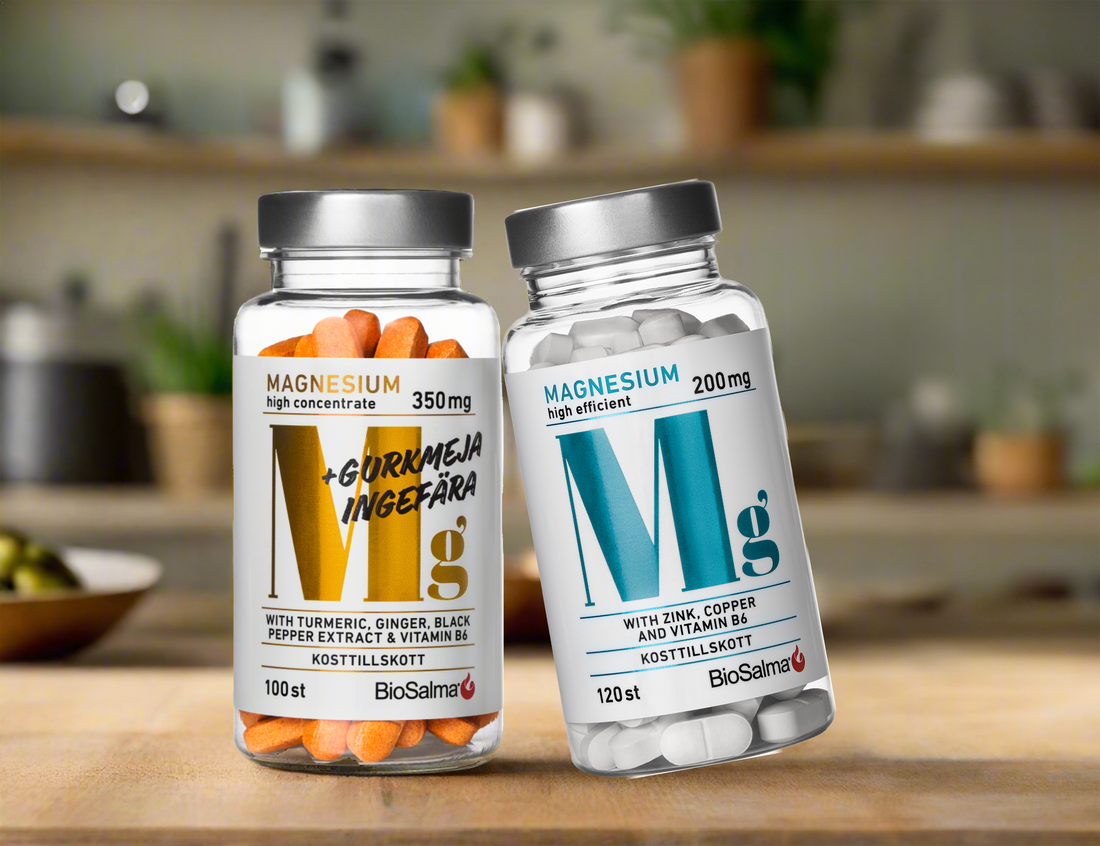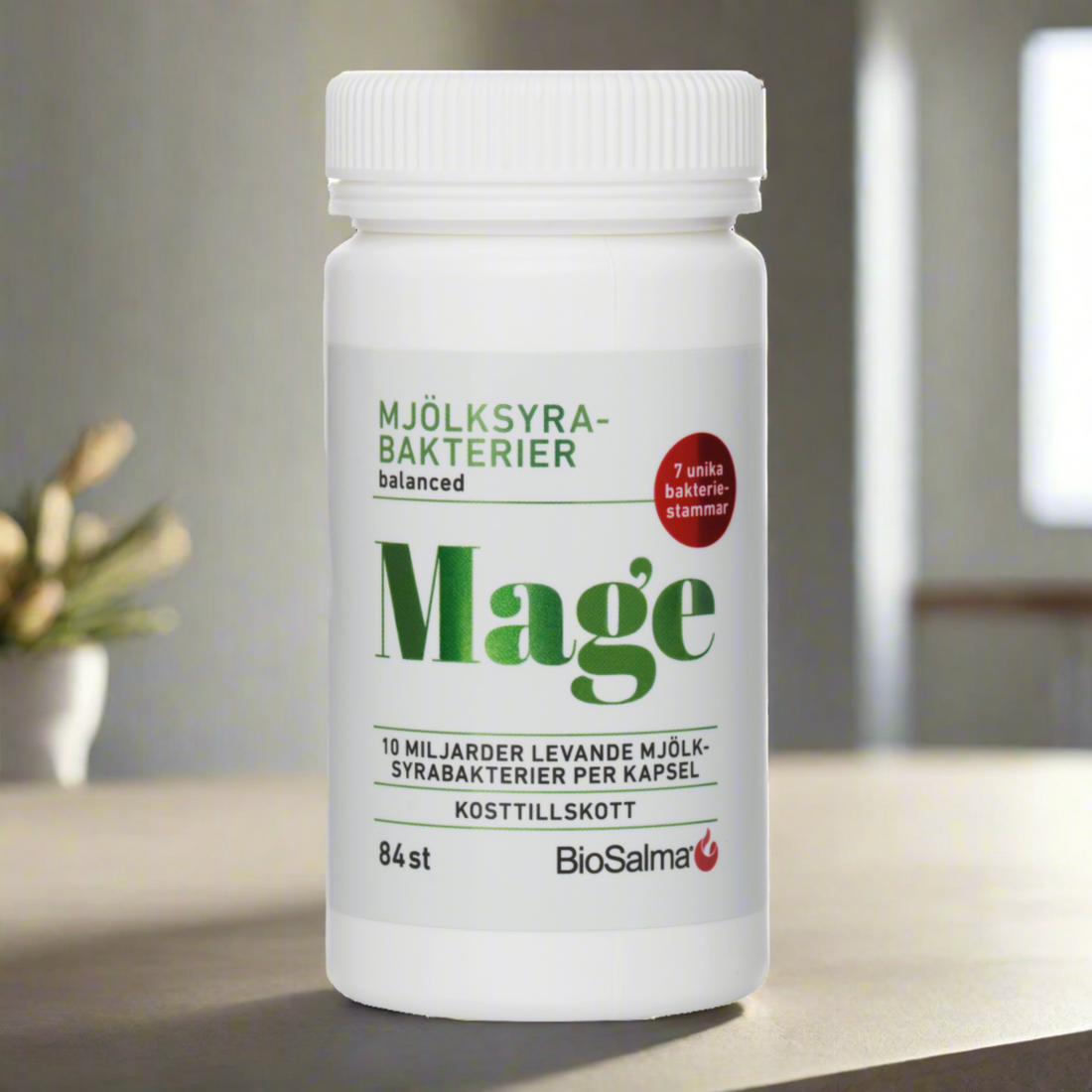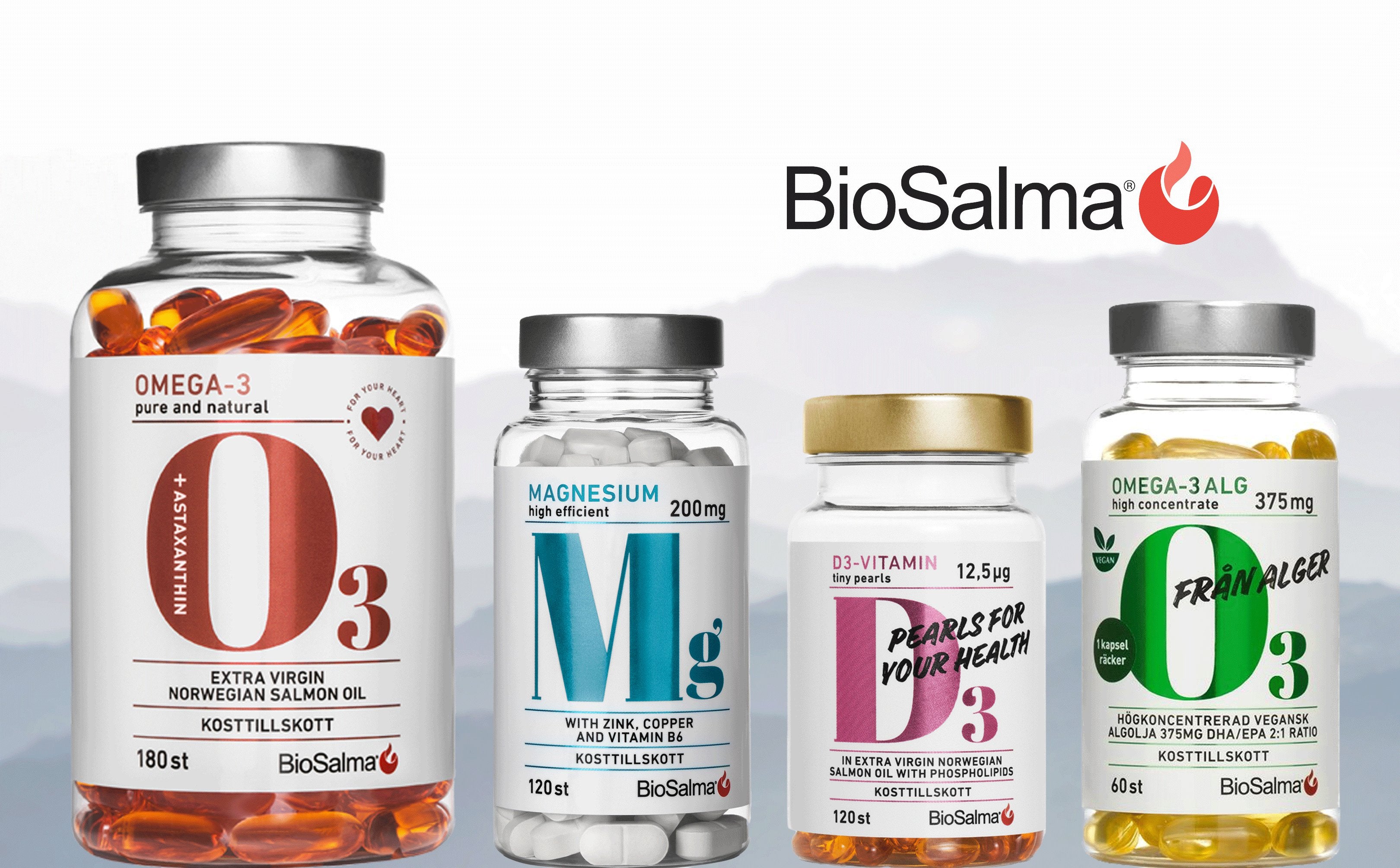Low rising sun during the winter period increases the risk of vitamin D deficiency
Did you know that the body's ability to produce vitamin D worsens during the cold season because the sun is lower than in summer? This is one of the reasons why the risk of vitamin D deficiency increases in Northern countries during the winter period. However, there are several ways to avoid vitamin D deficiency.
The main source of vitamin D is the sun, and the rest is obtained from food. However, in the winter months, there is not enough sunlight to supply the body with the necessary amount of vitamin D. The sun's height affects the ultraviolet rays reaching the skin.
Therefore, it is recommended to include vitamin D in the diet during winter. Seafood makes up a third of the consumed vitamin D, but fats and vitamin D-enriched dairy products, such as milk and yogurt, are also important sources.
Important for bones
– Vitamin D contributes to the maintenance of the immune system and normal bone structure, says food agronomist and one of the founders of BioSalma, Emilis Oldenas.

Emilis Oldenas - BioSalma founder
– Today there are different opinions about how vitamin D was discovered and its significance to the body, but it all started with connections to rickets – a vitamin D deficiency disease. Vitamin D plays a key role because it affects the intestinal mucosal cells, making calcium more easily absorbed into the bones, says Emilis Oldenas.
Older people need more vitamin D
According to the Swedish National Food Agency, the recommended amount of vitamin D is 10 micrograms per day. For people over 75 years old and those who spend little time in the sun, a higher dose of 20 micrograms is recommended. However, today there are different opinions about what is appropriate.
Some scientists believe that the doses recommended by the National Food Agency are absolutely minimal. The norms were raised a couple of years ago when new studies showed that in Northern countries people need to get twice as much vitamin D to maintain adequate vitamin levels in the body during sunless winter months.
Vitamin D reserves are highest after sunny summer days and lowest in February and March.
– For vitamin D to form in the skin, it must be exposed to the sun's ultraviolet rays, which only happens when the sun is at least 45 degrees above the horizon.
For people living closer to the equator, this is not a problem, but in the northern part of the world, the sun is high enough only for a few hours each day. In the winter months, when there is little sun, UV rays do not penetrate the atmosphere and the body does not produce vitamin D, says Emilis Oldenas.
Hard to replenish reserves
From October to the end of March, you cannot expect the sun to replenish your vitamin D reserves. If you want to know whether the sun is high enough to produce vitamin D, you can look at your shadow when you are outside. If the shadow is as long or longer than you are, vitamin D is not produced in the skin.
"If the shadow is longer than you, vitamin D is not produced in the skin."
– The body produces vitamin D when you are in the sun and exposed to UV rays. In summer, you do not need to be outside for long for this to happen. A light-skinned person only needs to be in the sun for 30 minutes at noon, exposing the face or hands. People with darker pigments take longer; they may need to be in the sun 5–10 times longer to get the same effect. You will not achieve the same effect in winter. This is because the sun does not penetrate the atmosphere in winter as it does in summer, says Emilis Oldenas.
However, he also emphasizes that UV rays reach us regardless of whether it is sunny or cloudy. So we replenish vitamin D reserves not only on sunny summer days but also on cloudy summer days.
BioSalma Vitamin D3 - family formula
BioSalma salmon oil capsules with vitamin D3 are made using a patented method, preserving the unique nutritional substances of Norwegian salmon and the natural and very effective antioxidant astaxanthin. The capsules were made small to make them easier to swallow, and the amount of vitamin D is adapted for both children and adults. Vitamin D is fat-soluble, which means that the vitamin D added to the salmon oil is optimally absorbed by the body. The oil is processed from fresh Norwegian salmon.
Vitamin D3 with turmeric and ginger
This vitamin D3 formula is very concentrated (62.5µg) and contains extracts of turmeric and ginger (C3 complex®). The concentrate contains as much as 95% curcuminoids, whose positive effects on the body have been described in several scientific articles.






